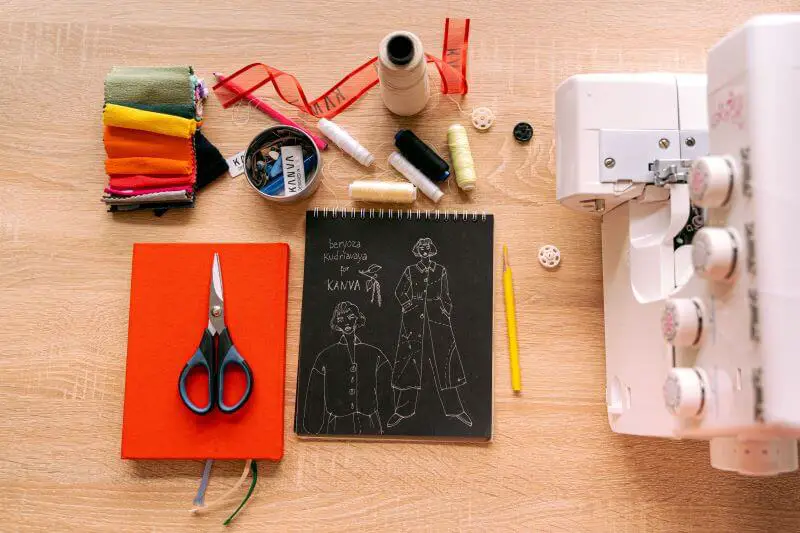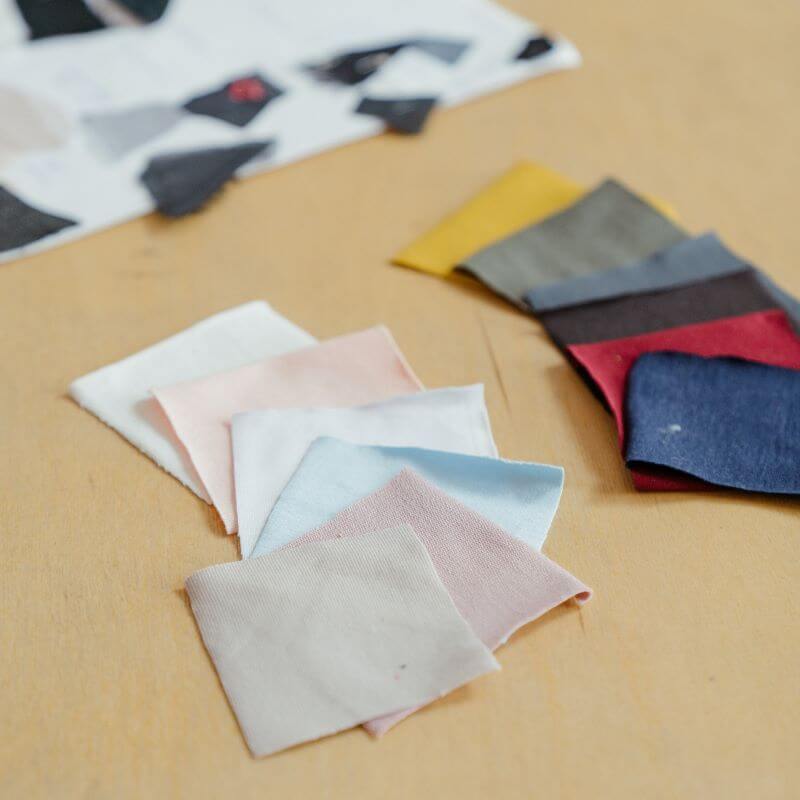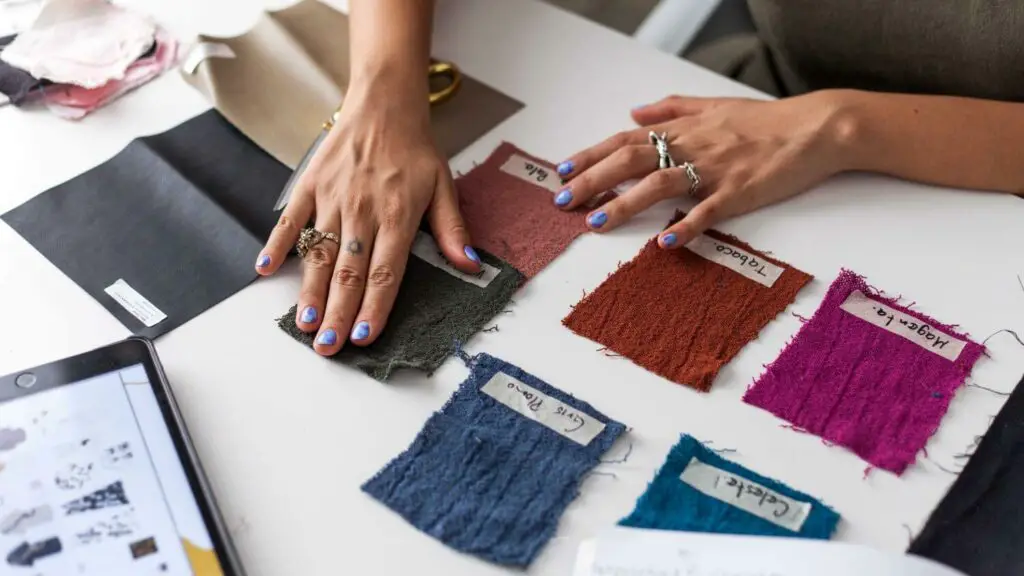How to organize your sewing projects
Do you tend to start several sewing projects at once and never finish any of them? Do you have 50 tabs open on your computer with all the patterns you can think of?
Here are a few tips to help you organize your sewing projects!
Planning and recording
If you tend to have many desires and little time, start by identifying the projects that seem feasible and that correspond to the hours you can devote to them, the needs of your wardrobe…
Just as when you imagine a capsule wardrobe, you can identify a few pieces that you’ll enjoy sewing and wearing: for yourself, your children, for the home, for decoration…
Then write down the patterns you spot and look for the right fabric. Buying a lot of fabric without a specific project in mind is the ideal way to spread yourself too thin and spend money unnecessarily!
You can also work in reverse. If you have a lot of fabrics cluttering up your sewing corner, try to plan your projects accordingly. Look for patterns that will allow you to sell them one after the other!

Getting organized with lists and schedules
If you want to stay organized, it’s a good idea to use software like Notion. It allows you to do many things, but in particular to make task lists and schedules. You can use it to divide your sewing into stages: pattern selection, fabric selection, haberdashery shopping, then: pattern transfer, fabric cutting, sewing, finishing…
Arrange them in two columns: “to do” and “done”. Then make a schedule of each task to be carried out in the time you can devote to sewing.
If you’re more of a pencil-and-paper person, you can use a notebook that you decorate like a bullet journal, or use the one from A&A patrons, which will help you get organized as you sew your dream wardrobe.
Keep a wishlist of patterns you’d like to sew, fabrics you’ve been eyeing…
The next time you have a hole, you’ll have all your inspirations in one place.

Free up time and separate tasks
When you embark on a sewing project, sometimes you can’t see the time go by, or you can’t wait to get it done.
Instead, try to set aside time for sewing so that you can complete a number of tasks without rushing. If you have two hours, use them to transfer the pattern. If you have 4, then you can start sewing the main pieces.
Separating tasks helps you to be more efficient, so you don’t have to abandon your work in the middle of a complex explanation!
Organizing your belongings
Keeping your sewing area tidy is essential for good organization. The idea is not to get mixed up in the sewing in progress, but to differentiate between them.
You can use large cardboard boxes to store all the materials you need. Store cut fabric, pattern, thread, buttons…
And don’t forget to store your finished sew-alongs. Sort out the remaining pieces of fabric, and carefully archive the cut-out pattern in plastic sleeves or envelopes, noting the pattern name and size… This will help you find everything again if you ever want to reproduce the pattern.
With a tidy workspace, you’ll be able to embark on your next sewing project with a lighter mind!

Do all the heavy lifting at once
If you’ve organized all your sewing projects for the season, and all your patterns and fabrics are purchased, you may decide to take advantage of a slack period to put the most tedious tasks behind you: transferring the pattern and cutting the fabrics for all your upcoming projects. Take an afternoon to do this, and then prepare all the pieces in a box.
You can then plan the order of your seams and organize them according to the time they each take. This way, you won’t be demotivated by the sometimes laborious early stages of the project, but can get straight down to business!
What tips do you have for getting organized and completing your sewing projects?




